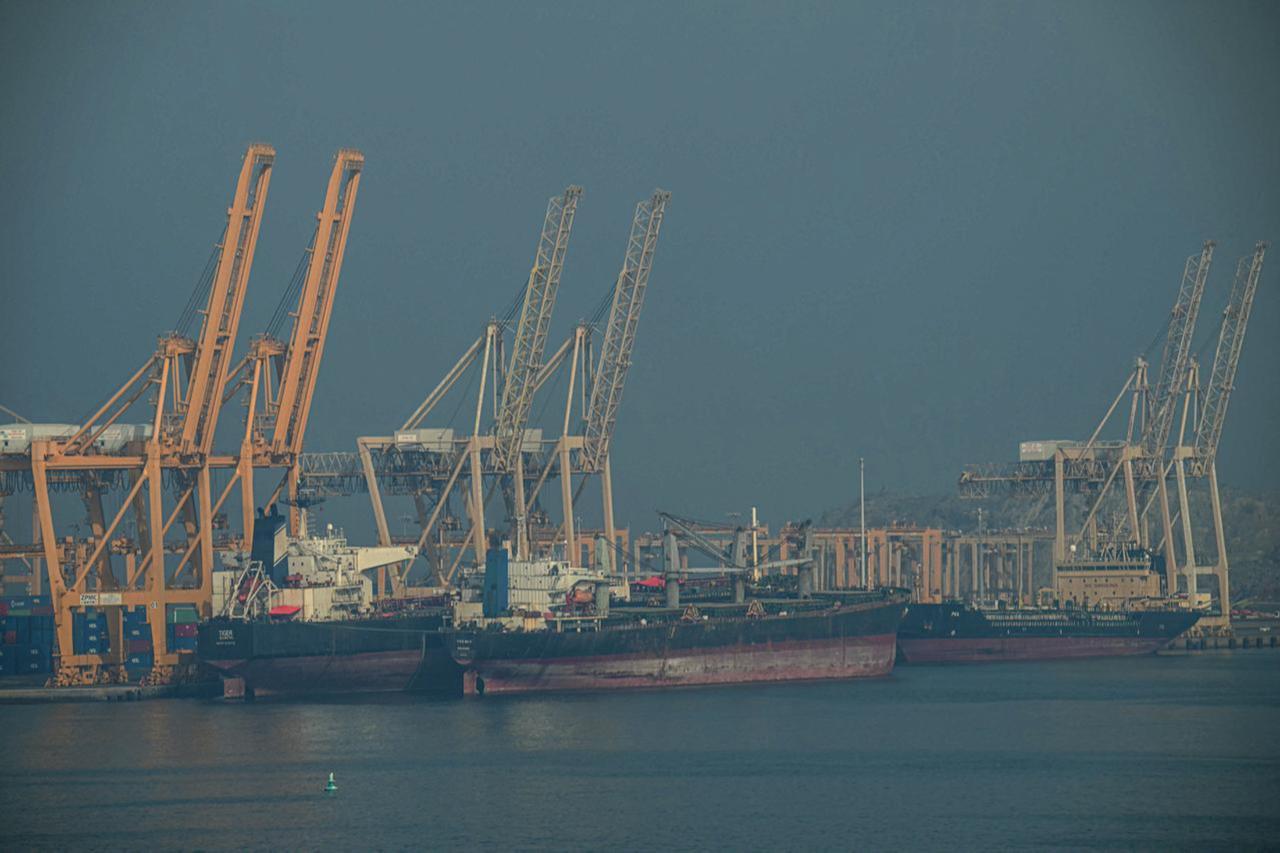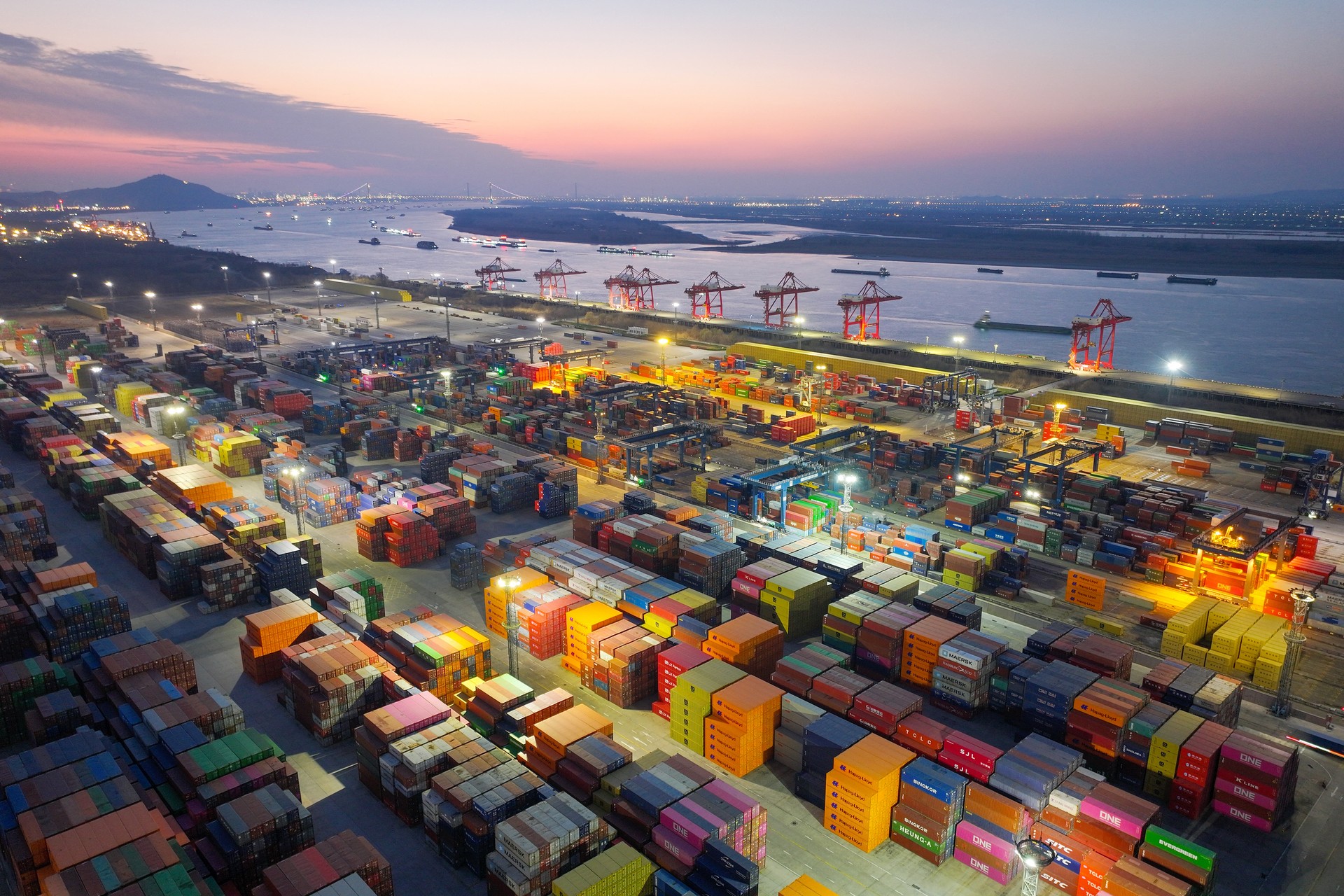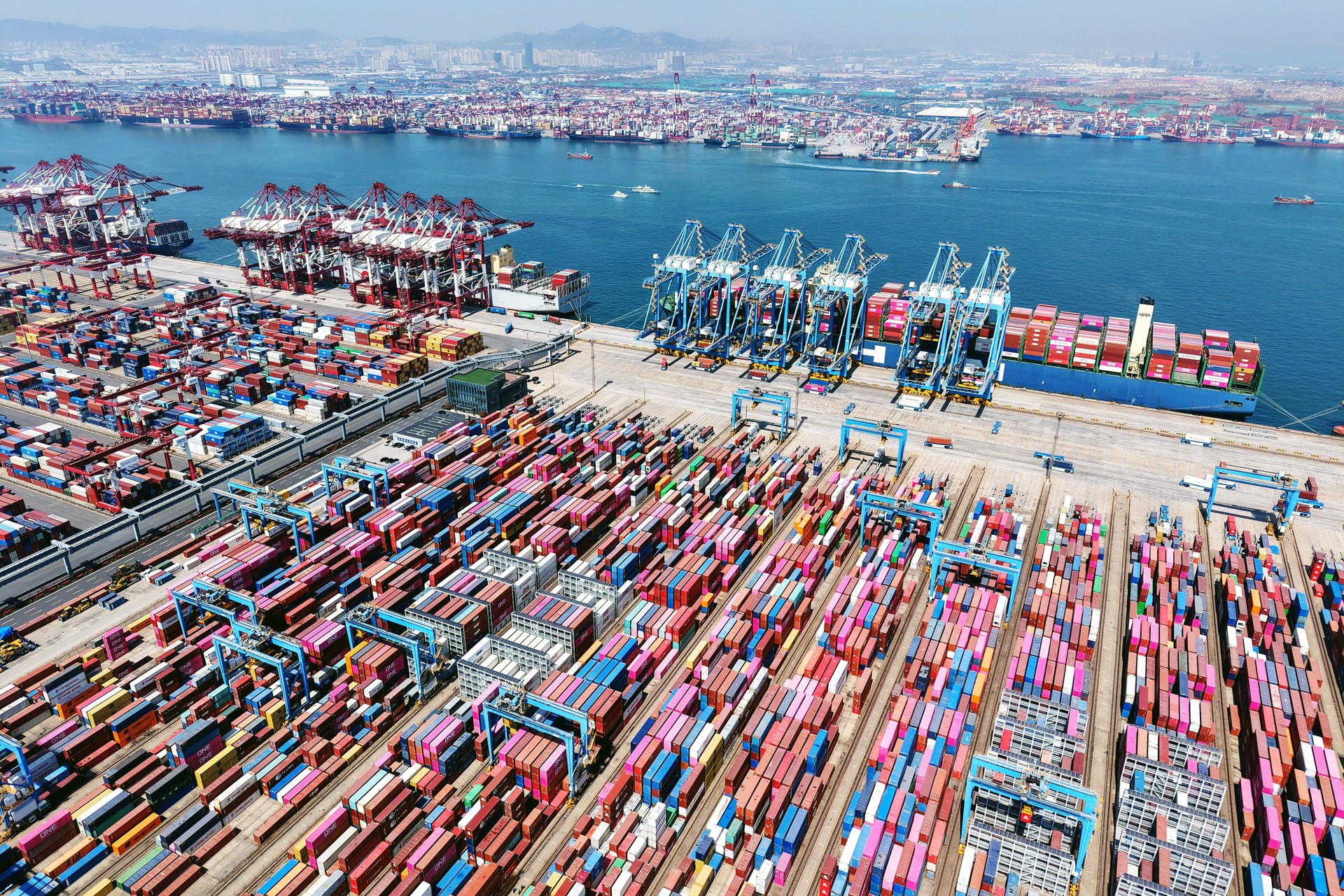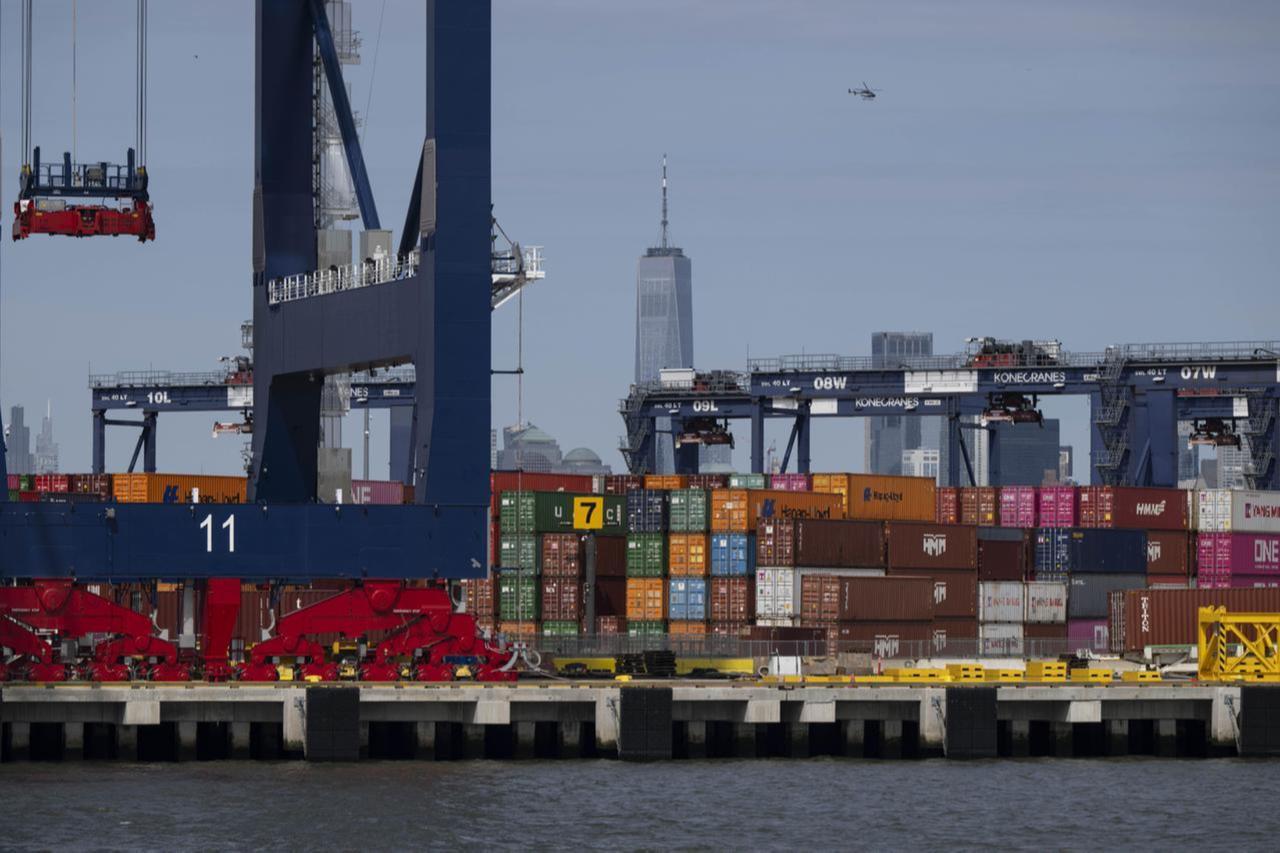
U.S. President Donald Trump announced a sweeping new trade agreement with Japan on Tuesday, describing it as a "massive" deal worth $500 billion, while trade tensions with the European Union—which could bring trans-Atlantic commerce to a halt—remain unresolved ahead of the looming Aug. 1 tariff deadline.
The agreement positions Japan among a small group of countries that have secured trade pacts with Washington as the United States prepares to raise tariffs on partners that fail to reach a deal before the self-imposed cutoff. In April, Trump pledged to complete “90 deals in 90 days” in an effort to reduce the U.S. trade deficit.
In a post on his Truth Social platform, Trump stated that Japan would invest $550 billion in the U.S. under his directive, with Washington set to receive 90% of the profits. He offered no further details about the structure of the investment but claimed it would create “hundreds of thousands of jobs.”
Prior to the agreement, Japanese goods entering the U.S. faced a 10% tariff, which was set to rise to 25% on Aug. 1. The country’s critical automotive industry—accounting for roughly 8% of Japan’s workforce—was already subject to a 25% levy, while exports of steel and aluminum were taxed at 50%.
Japanese Prime Minister Shigeru Ishiba announced that the auto tariff had now been reduced to 15%, triggering sharp gains in domestic car stocks. Shares of Toyota and Mitsubishi rose approximately 14% following the announcement.
“We are the first country in the world to reduce tariffs on automobiles and auto parts, with no limits on volume,” Ishiba said. He added that the negotiations prioritized national interests while securing a balanced outcome with Washington.
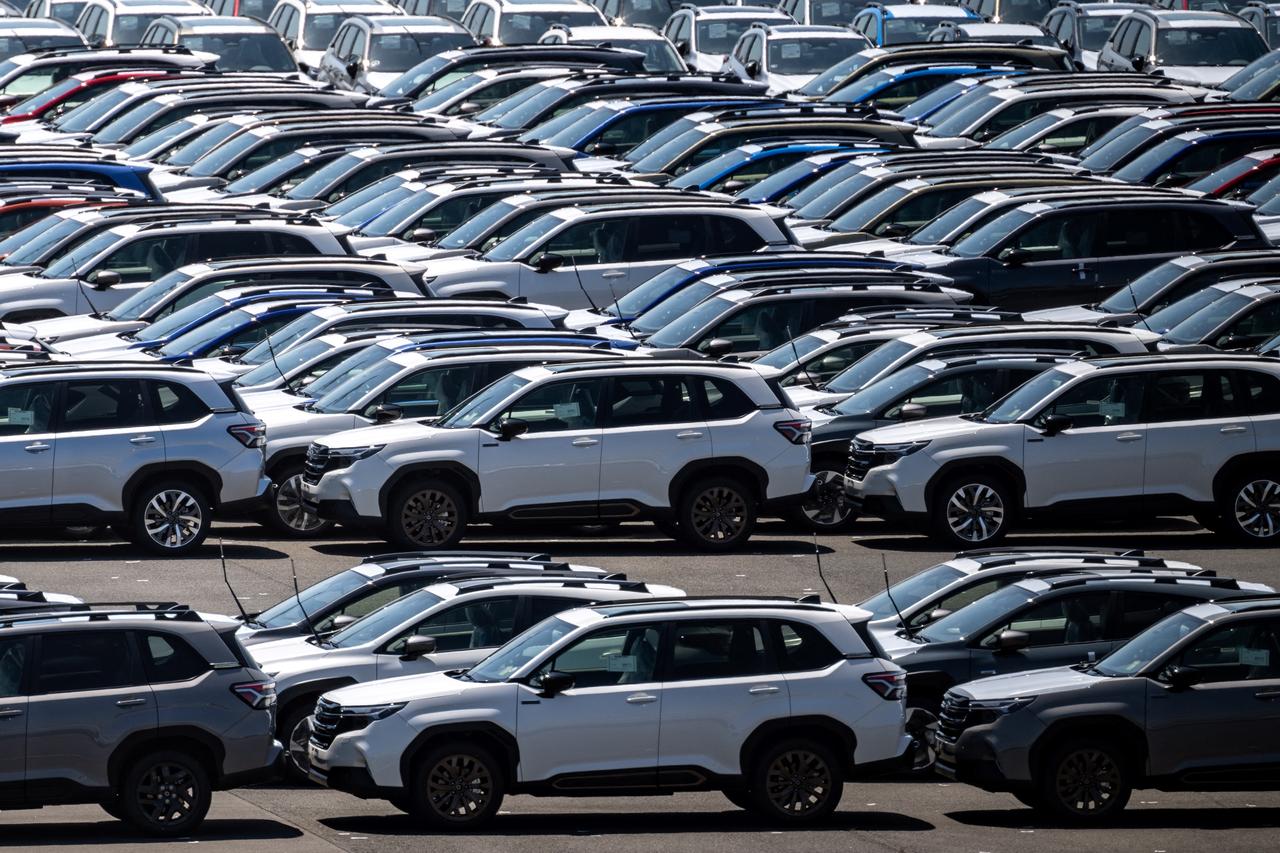
Japan joins the United Kingdom, Vietnam, Indonesia, and the Philippines as one of five countries to conclude trade agreements with the U.S. since Trump initiated his accelerated negotiations. The White House also revealed the terms of a deal with Indonesia on Tuesday, which include easing export restrictions on critical minerals and accepting a 19% tariff—down from the previously threatened 32%.
The Philippines will also benefit from a one-point reduction in its tariff rate, now standing at 19%, following President Ferdinand Marcos’s meeting with Trump.
However, key U.S. trading partners—including China, Canada, Mexico, and the European Union—have yet to finalize agreements.
Negotiations with China are ongoing, with U.S. Treasury Secretary Scott Bessent scheduled to meet his Chinese counterparts in Stockholm next week. A preliminary deal was reached in June in London, under which the U.S. would keep a 55% tariff and China would impose a 10% rate while lifting its rare-earth export restrictions.
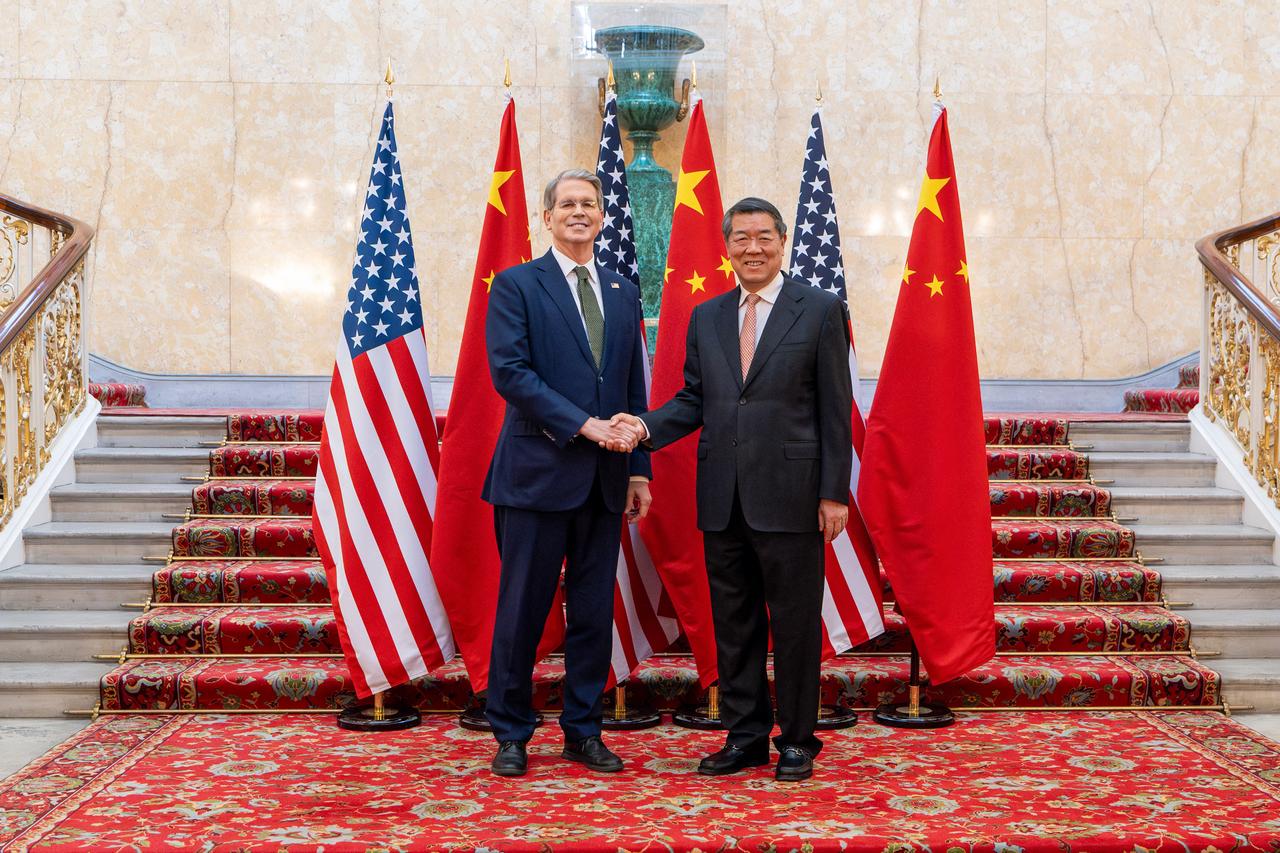
Trans-Atlantic trade faces growing uncertainty as the U.S. prepares to impose a 30% tariff on European Union goods if no agreement is reached by Aug. 1. The EU and the U.S. maintain the world’s largest bilateral trade relationship, with total exchanges exceeding $1.7 trillion annually.
In 2023, the EU exported $623.7 billion in goods to the U.S., while importing $392.9 billion, resulting in a $231.5 billion trade surplus in the EU’s favor. However, in services, the U.S. maintained a $127.4 billion surplus.
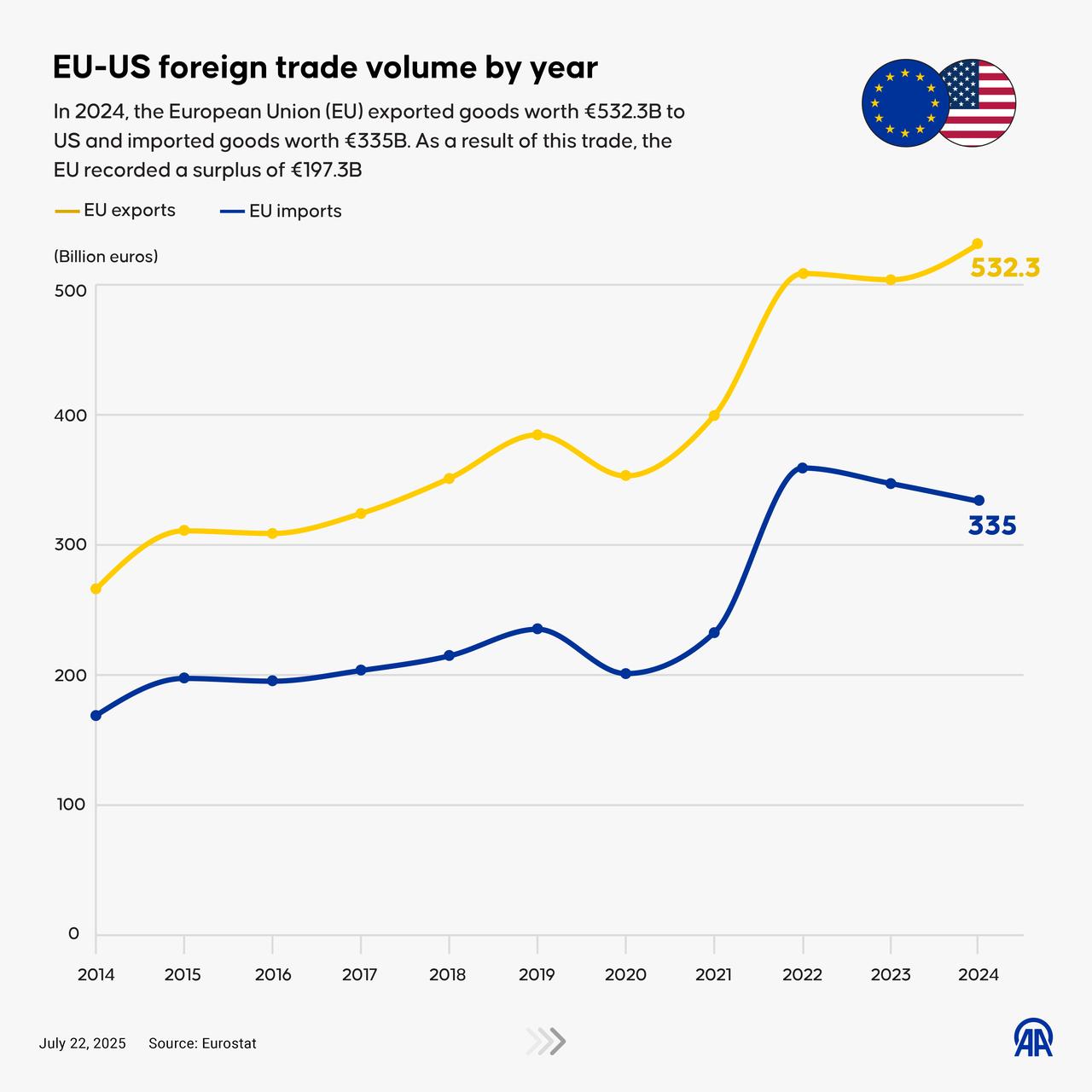
Trump has expressed dissatisfaction with the EU’s goods surplus, while EU officials highlight the imbalance in services. The dispute has led to a series of tariff threats and countermeasures. The EU has already prepared retaliatory steps, including potential tariffs targeting $84.6 billion worth of U.S. products such as aircraft, vehicles, machinery, and whiskey.
Brussels is continuing negotiations with Washington, urging constructive dialogue to avoid escalation. EU officials say they remain open to compromise but are ready to act if necessary to safeguard the bloc’s economic interests.
